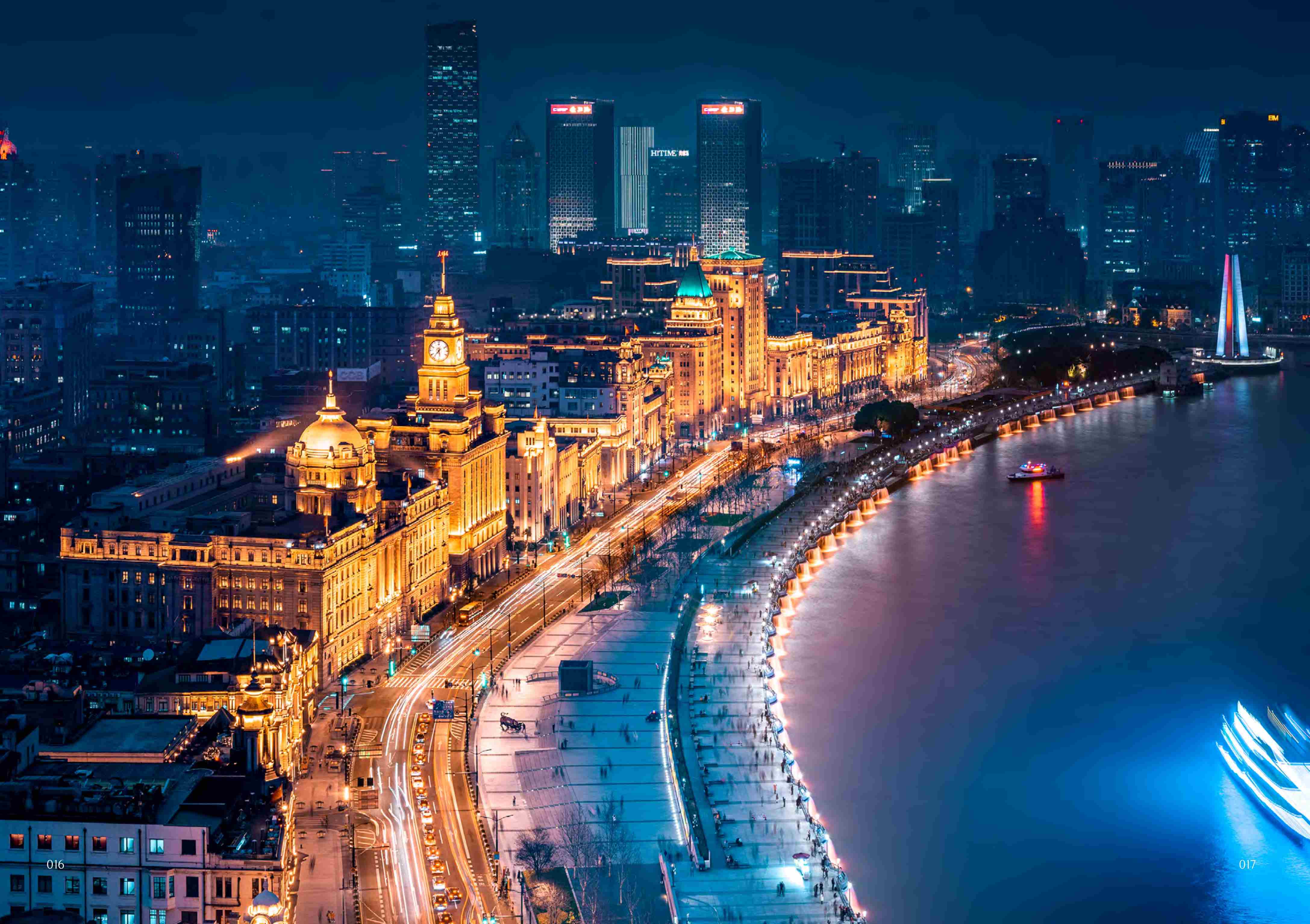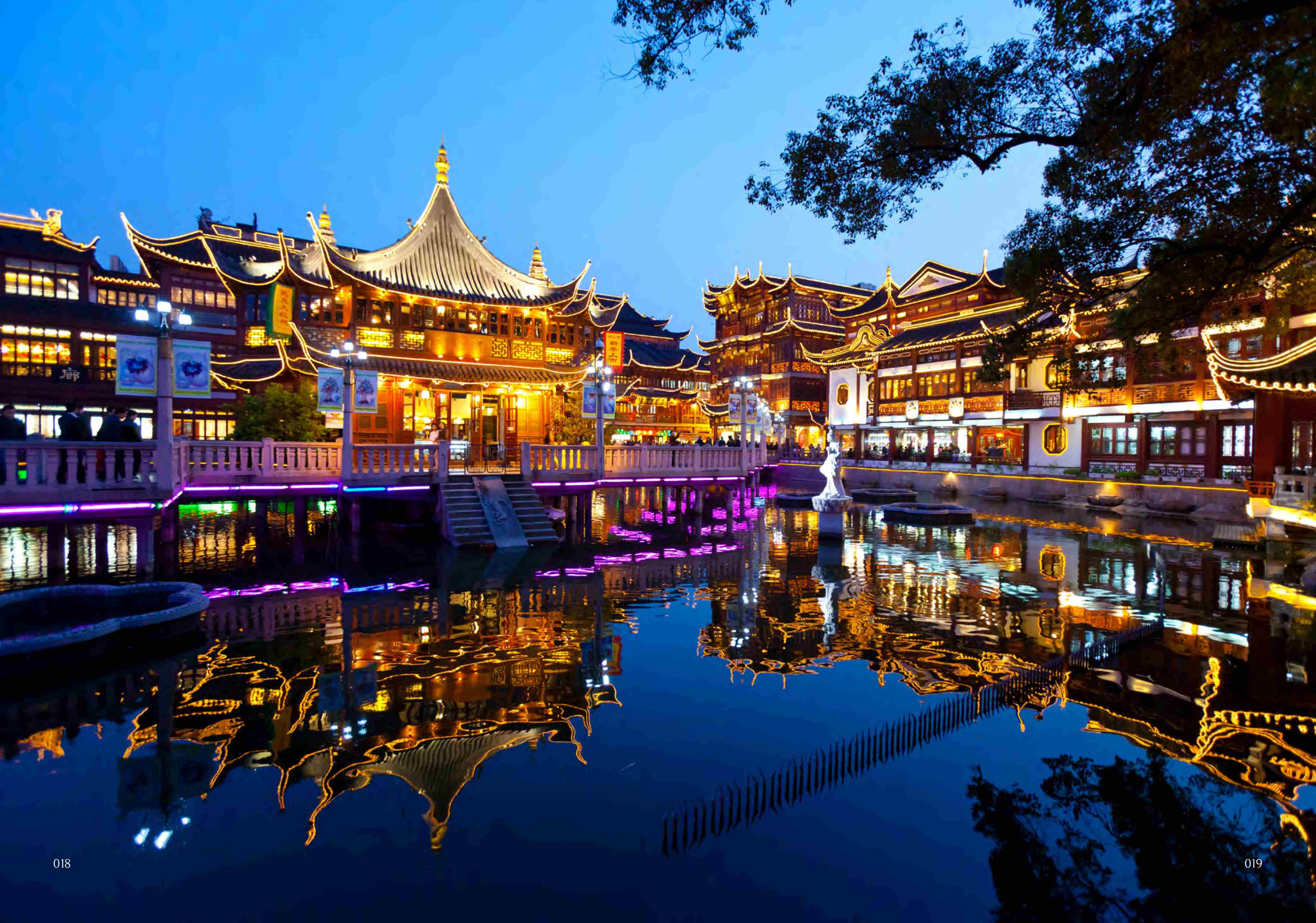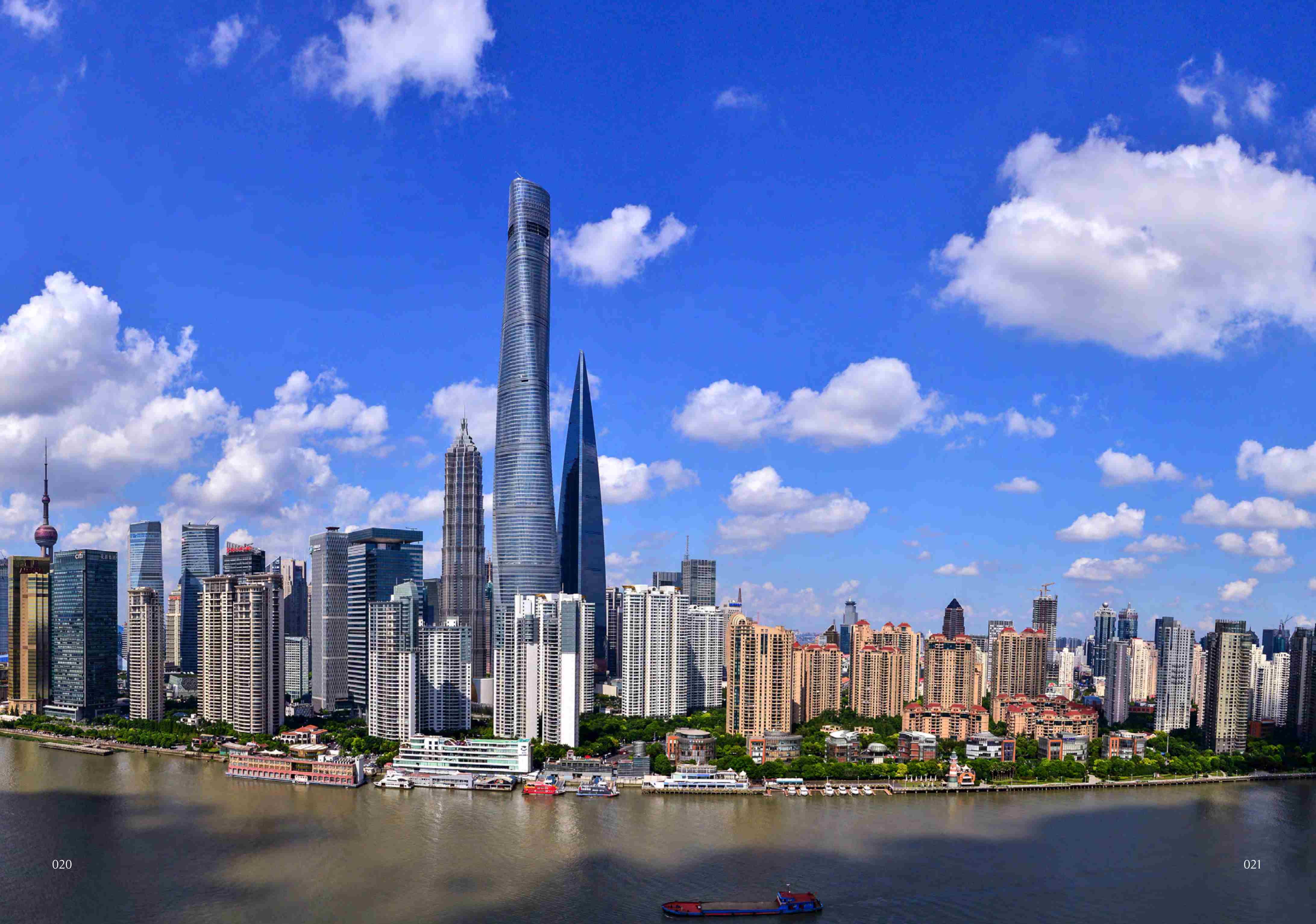





To discover the charm of a city, architecture can be a window that no one shall miss. People often regard architecture as a showcase for and a witness to a city's cultural characteristics and styles of different times. A city breeds its architecture. Likewise, architecture also shapes the city. In a sense, architecture is the city itself. When you look at a building, survey a block, or browse a piece of architecture history in a city, you are actually reading the city.
In November 2019, during his inspection tour in Shanghai, General Secretary Xi Jinping proposed the important concept that “a people's city is built by the people and for the people”, which underscores a people-centred development philosophy of socialist cities with Chinese characteristics and gives Shanghai a new mission – to build a people's city in the new era. It also points the way and provides a fundamental guideline for us to proceed with a greater purpose and from a higher starting point in planning and advancing city operations, so as to better embody the spirit of the times, reflect a mastery of the laws of development, and demonstrate creativity. At the 9th Plenary Session of the 11th CPC Shanghai Municipal Committee, Li Qiang, Secretary of the CPC Shanghai Municipal Committee, proposed to create a city in which everyone has a chance to shine in life, participates in governance, enjoys a quality life, feels love and warmth, and has a sense of belonging. We should build the character of the people's city with soft power, promote the ethos and character of Shanghai, and highlight the unique charm of the revolutionary traditions of the CPC, Shanghai-style culture, and the Jiangnan culture so as to better preserve the heritage and memories of the city and enable people to “dwell poetically” in the city.
Historical buildings bear the memories of history and reveal the profound culture of a city. Shanghai, well-known for its “Exotic Building Clusters”, is home to buildings of different periods and architectural styles that tell varied stories to the world. The character of openness, innovation and inclusiveness can be found in every respect of the city, along with the convergence of revolutionary traditions, Shanghai-style culture and the Jiangnan culture. As Secretary Li Qiang pointed out, Shanghai is rich in tourism and cultural resources and can fully meet people's need to “listen to stories, get a better taste of life, or find a place to spend the peaceful leisure time”. Shanghai needs to learn how to tell stories, especially about the historical buildings and historic blocks in the downtown area. The stories need to be told creatively and make the buildings “readable”. When we read the old Western-style houses under the phoenix trees, the Shikumen in old lanes and alleys, the former residences and legacies of the noted figures, today's “greenbelt”trans formed from the past “rustbelt”, the pavilions, terraces, open halls, bridges, temples and pagodas from several hundredyears or even two thousand years ago, the reform and opening-up icon Shanghai Oriental Pearl Radio & TV Tower and the trio of signature skyscrapers at the heart of Lujiazui, and the cultural landmarks embedded in people's daily lives, etc., we are reading not only architectural spaces with unique beauty, but also the city's magnificent history of development, progress and innovation. Different buildings tell about the special status of Shanghai from different angles. This is the birthplace of the Communist Party of China (CPC), where the CPC members conceived their original aspirations and set sail to pursue dreams. The revolutionary traditions have been passed down for a hundred years. This is an international metropolis rich in modernity with distinctive socialist characteristics. Here diverse cultures converge while China's readiness to embrace the world is best manifested, and foreigners can get a closer look at China. This is a hub city opening to and connecting both domestic and international markets, a central node of the economic network across the country and a strategic link between domestic and global connections. This is a city located in the centre of Jiangnan where cultural tradition featuring the distinctive marks of white walls and black tiles and streams flowing beneath bridges has been well preserved. This is a city that always leads the trend, strives to advance in the new era, and is determined to create new miracles. The record height and speed Shanghai has reached is also telling about China's drive to scale new heights in the pursuit of better development. After all, this is a people's city. The legendary architectural spaces are the outcomes of people's wisdom and labour and therefore part of people's wealth and memory.
Architecture is readable. The architecture itself has stories. To pass the stories down, it is necessary to protect the architecture. Such stories should not be concealed, but should be read, heard, seen and experienced by as many people as possible. In recent years, in the process of promoting urban renewal and lean management, Shanghai has invested substantial funds, resources and manpower in historic preservation projects, restoring the original appearance of the old buildings and reviving them with new functions. Ultimately, the purpose is to get the stories told, bring the buildings back to life, conserve the overall landscape in line with the highest standards, and preserve the city's cultural traditions for the future. Urban renewal is not only about trying to conserve and retain the cityscape and historical buildings as much as possible so that they can be read and displayed, but also about giving full consideration to the preservation and expansion of functions and public services concerning people's lives so that the spaces give people a greater sense of warmth and vitality and better showcase the charm of the city. Hence the need to open historical buildings to the public, build tourist blocks in the neighbourhoods and create more accessible public spaces. Moreover, the idea of “readability” should be applied to the design and construction of new buildings to improve the quality of urban planning and to create more quality spaces for the city. The purpose is to draw people from all over the world to this city so that they can help to make the city greater while fulfilling their dreams.
The stories behind architecture are also the stories of Shanghai and of China. To record, tell and spread the stories require joint efforts as well as passion and devotion of all parties involved in the city governance. The book Stories of Shanghai Architecture is part of the effort.
In December 2019, according to Secretary Li Qiang's instruction on strengthening culture and tourism integration with stories of architecture, Zong Ming, Deputy Mayor of Shanghai, presided over the editing and publishing of the book Stories of Shanghai Architecture and acted as the editor-in-chief. The endeavour is sponsored by Shanghai Municipal Administration of Culture and Tourism (Shanghai Municipal Administration of Cultural Heritage), Shanghai Century Publishing Group, Shanghai People's Publishing House, and Shanghai Urban Promotion Centre, involving famous scholars and experts in Shanghai's architectural planning, cultural heritage protection, literature and art, press and publishing circles and other fields. The book covers 56 iconic buildings that can fully reflect the character of Shanghai, the revolutionary traditions of the CPC, Shanghai style culture, the Jiangnan culture and the new image of reform and opening up. These buildings span different periods of history and encompass various types and styles such as urban and other buildings, Western-style and Chinese-style architecture, the works of foreign and Chinese architects, as well as the Major Historical and Cultural Sites Protected at the National Level in the city, Monuments under the Protection of Shanghai Municipality, Heritage Architecture of Shanghai Municipality as well as some buildings with unique features. In the process of editing this book, various architecture conservation and management organizations rendered active support and a number of experts and scholars who have long been engaged in the study of urban history and architectural culture, as well as photographers who have been engaged in urban image recording devoted themselves to the project and helped to polish the text and image materials repeatedly. Their contributions have guaranteed the quality of the book.
The world is so big, and why not come to Shanghai to see more of it? This book is intended to offer readers a graphic account of Shanghai's architecture and an intriguing glimpse of Shanghai as a people's city so that they can better understand Shanghai, come to experience it and fall in love with it.
July 2020



